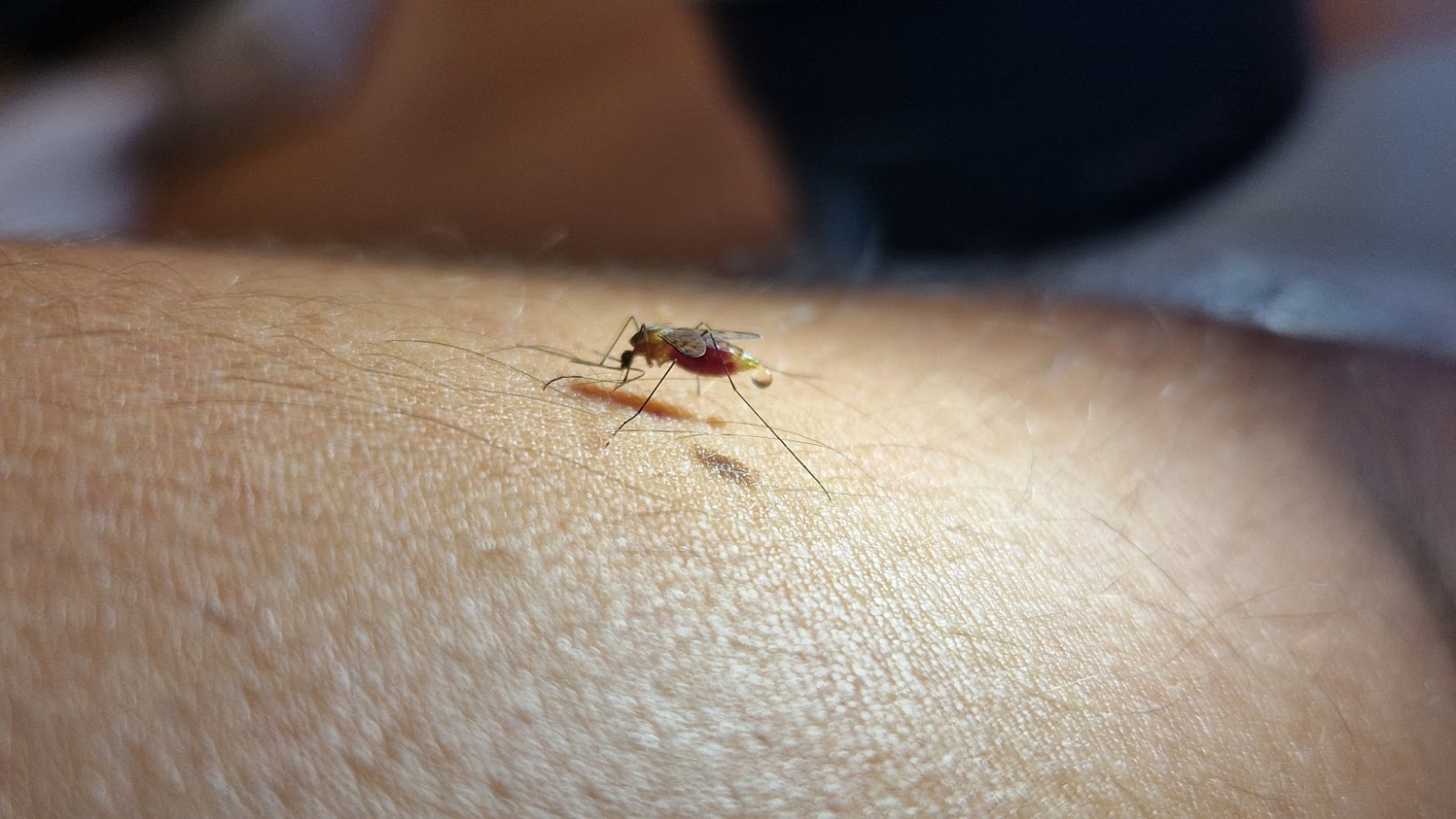New study analyses the distribution of malaria-transmitting mosquitoes

Malaria is endemic in Africa, Central and South America and a large part of Asia. / EBD-CSIC
A recent study coordinated by researchers of the Doñana Biological Station – CSIC and the Spanish National Centre for Epidemiology (ISCIII-CNE) and the CIBER of Epidemiology and Public Health (CIBERESP) have analyzed the distribution of the main malaria vector mosquito in Spain. In this study, where researchers from different universities, research centres, pest control companies and mosquito control services, has shown that the mosquito Anopheles maculipennis is widely distributed in Spain, with special predilection for river mouths and valleys with irrigated farming areas.
Malaria is a serious disease present in many tropical countries, caused by infection by protozoa of genus Plasmodium transmitted by mosquitoes of the genus Anopheles. However, in the past, transmission of this disease was also common in other parts of the world, including most of Europe and other economically developed countries. Eradication campaigns in the mid-20th century succeeded in eradicating it in many countries, with Spain officially becoming malaria-free in 1964. Since then, very sporadic cases of local transmission have been recorded due to the arrival of infected travelers and the presence in the territory of mosquitoes capable of transmitting the parasite. In Spain, only two cases of local transmission due to mosquito bites have been reported during the 21st century.
The researchers have analyzed the mosquitoes present in more than 3,000 localities in the Iberian peninsula and the Balearic Islands. Every year between 700 and 850 cases of imported malaria are detected in Spain, i.e. in patients who have been infected in an endemic area, mainly in Africa. Only 15% of these cases are related to malaria species that could be effectively transmitted by the Anopheles maculipennis mosquito.
"Although the risk of local transmission is very low, these models are useful to identify areas with a higher risk of local transmission. It is necessary to follow prophylactic measures when traveling to malaria-endemic countries," says Jordi Figuerola, researcher at the Doñana Biological Station (EBBD-CSIC) and principal investigator of CIBERESP. Since mosquitoes are transmitters of diseases to humans, Understanding the climatic and ecological factors that impact their abundance and distribution is crucial.
"Travelers must be aware of the risks present in the areas they plan to visit and know how to act when coming back. In addition, healthcare professionals should know how to recognize and respond to cases of imported diseases such as malaria, including reporting them to the Public Health System for surveillance and to be able to carry out the appropriate actions", conclude Diana Gómez Barroso and Beatriz Fernández, researchers at the Spanish National Epidemiology Center and CIBERESP.
Referencia
Taheri S, González MA, Ruiz-López MJ, Magallanes S, Delacour-Estrella S, Lucientes J, Bueno-Marí R, Martínez de la Puente JM, Bravo-Barriga D, Frontera E, Polina A, Martinez-Barciela Y, Pereira JM, Garrido J, Aranda C, Marzal A, Ruiz-Arrondo I, Oteo JA, Ferraguti M, Gutiérrez-López R, Estrada R, Miranda MÁ, Barceló C, Morchón R, Montalvo T, Gangoso L, Goiri F, García-Pérez AL, Ruiz S, Fernandez-Martinez B, Gómez-Barroso D, Figuerola J. Modeling the spatial risk of malaria through probability distribution of Anopheles maculipennis s.l. and imported cases. Emerg Microbes Infect. 2024. DOI: https://doi.org/10.1080/22221751.2024.2343911